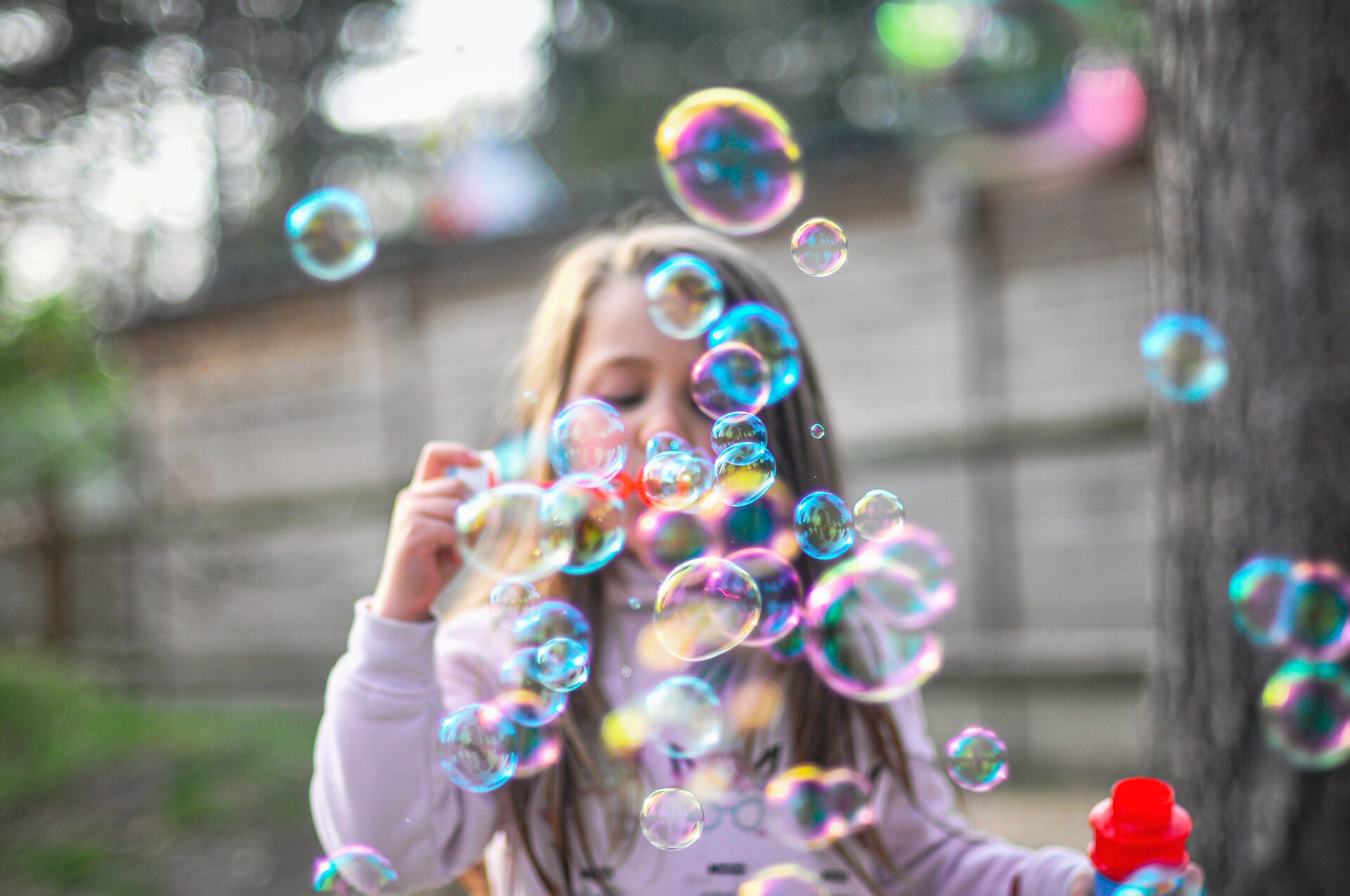As a parent of three, I find myself, a lot, telling my kids to take a deep breath. It seems like a natural response at times when kids get mad, sad, or anxious. But if you think about it, how are kids supposed to know how to take a deep breath? It is actually not a skill that most parents know how to do or to even teach their children. So, what makes deep breathing so important?
Breathing Basics
Deep breathing is usually one of the first things that is taught in therapy as a good foundation skill. Breathing in and of itself is one of the most important things our bodies do, because that is how we get oxygen into our bodies and release the deadly carbon dioxide from it. When we take a breath, either through the nose or mouth, the oxygen goes down our trachea/wind pipe and fills our lungs, which are composed of little sacs that separate the oxygen pushing that into the blood and releases the carbon dioxide back out through the mouth or nose. The oxygenated blood then gets pumped by the heart throughout the whole body.
Benefits of Deep Breathing
Deep breathing intensifies this normal process. Proper deep breathing brings in oxygen through the nose, expands the stomach out by pushing on the diaphragm there by expanding your lungs to a bigger size, creating more oxygen being brought into the body. This is also commonly called belly breathing with kids because you are pushing your stomach out to fill your lungs to full capacity. Getting use to deep breathing can take a bit of time because it can feel kind of weird if you aren’t used to breathing in this way. Deep breathing helps to reduce stress and tension, lower your heart rate, reduce pain, control anger, think clearer, and reduce anxiety and depression symptoms. Overall, what deep breathing does is signaling to your body that you need to relax.
Teaching Kids Deep Breathing Techniques
It is best to start teaching kids how to take deep breathes when they are toddlers, so that they have more time learn how to do it and when to do it. The first important thing to do is teach them how to take a belly breath. To do this have them grab their favorite stuffed animal or small toy, then lay on the floor on their back, placing the toy on their belly. Then have the child breath in through the nose while their belly inflates to lift the toy into the air. Have them fill up their belly like a balloon and then exhale watching their toy come back down. Once they have mastered this belly breath, move to having them stand or sit and blow bubbles or a pinwheel to show how to exhale the belly breathes.
As kids get older, parents can make it more fun by doing a craft such as making a fire breathing dragon. What you will need is a disposable cup or toilet paper tube, glue, paint, red, yellow, and orange crepe paper, puff balls, and googly eyes. First step: paint the cup or toilet paper tube whichever color they want their dragon (also cut a hole in the bottom of the cup the size of your child’s mouth). Second step: cut a few strips from each color of crepe paper and glue one end of each piece of paper to one end of the tube/cup so that the strips hang down. Its best to glue them on the inside of the tube around the circle. Third step: Glue two puff balls at the front of the tube/cup where the paper is coming out and then glue two puff balls at the other end. Fourth step: Glue a googly eye to each puff ball on the end not with the paper hanging out. Fifth step: Once everything is dry have the child take a deep belly breath and blow through the hole on the end with no paper and watch the fire come out of the dragon’s mouth.
For older kids and teens having something that they can trace while taking breaths is helpful. A picture of a star can work well, so the child puts their finger at the top point of a start and takes a deep breath following the line down and then exhaling following the line back up the next point. They will then continue this until they finish tracing the star. As they get more use to doing it, you can have them add holding that for four seconds before exhaling. Kids can also utilize just tracing the fingers on one hand. They can trace their thumb up taking a deep breath and going down the other side of the thumb by exhaling, and just following that same path with the other fingers. They can do this as many times as they need to until they can feel themselves relax.
These are just a few of many examples of types of deep breathing exercises. There are a lot of other techniques that can be found in books or through a quick Google search. Keep looking and trying new ways until you find one that seems to work best for your child. When teaching your children how to take deep breathes it is important to remember they learn best by watching you, the parent.
The clinicians at Collaborative Counseling and Psychiatry are here to help you with navigating the challenges of parenting as well as other mental health needs. Our clinicians can help teach you effective coping strategies to help build resilience and increase your ability to deal with life stressors. Please call (847) 440-2281 if you would like to schedule with one of our clinicians. We are here to help you through it.
DEEP BREATHING FOR KIDS
Samantha Foehringer, LCPC
The Center for Collaborative Counseling and Psychiatry
